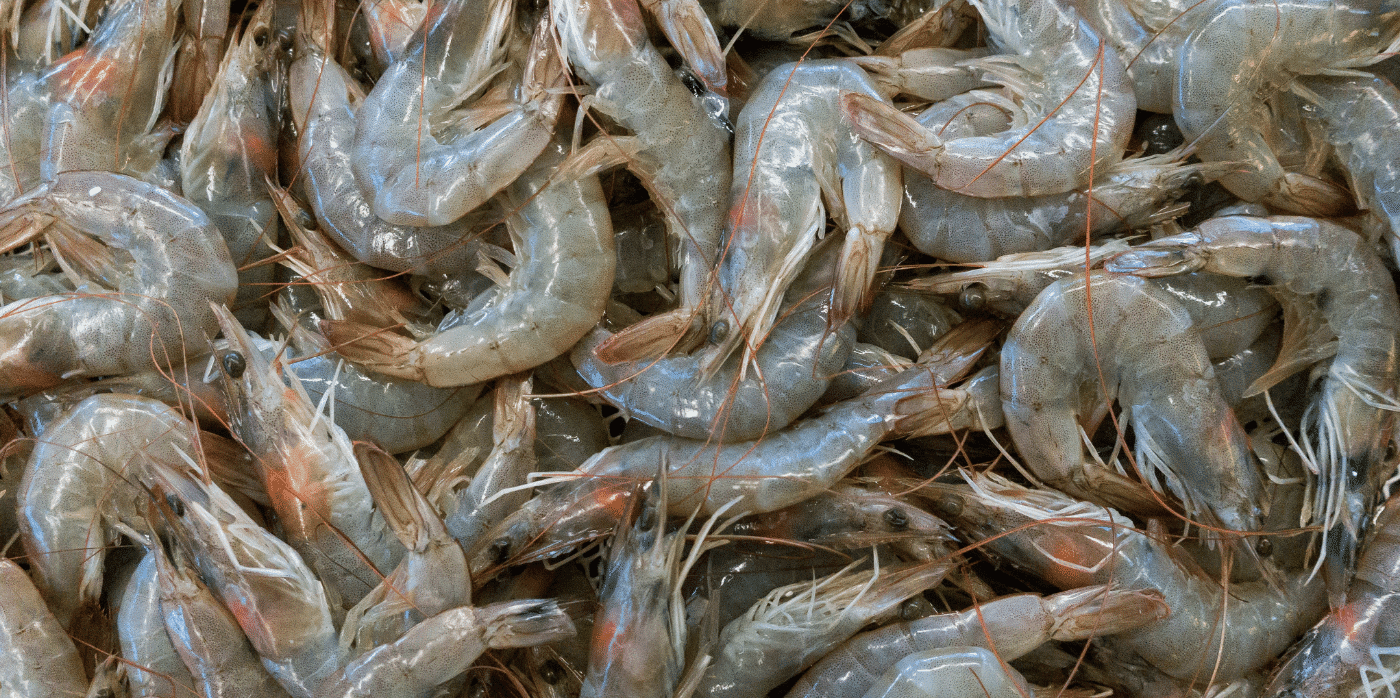Strengthening cement with shrimp shells
Spotted: As the world industrialised, cement became the glue that held civilisation together. It was used to build the homes we live in, the roads we travel on, and the bridges that connect us. However, cement production is carbon intensive and is responsible for approximately 8 per cent of total greenhouse gas emissions worldwide. As nations continue to urbanise and industrialise, the demand for cement is only expected to grow. As part of the effort to find a way to meet this demand while reducing the strain on the environment, researchers at Washington State University and Pacific Northwest National Laboratory have added nanoparticles from shrimp shells to cement.
The research, which was published in the journal of Cement and Concrete Composites, describes the process of putting nanoparticles extracted from the shells of shrimp waste into cement paste. The result is a material that is significantly stronger than traditional cement. By increasing the strength of cement, it is possible to reduce the amount needed. Less cement needed means less made, and thus fewer carbon emissions.
The shells of crustacean arthropods are made up of 20 to 30 per cent chitin. Chitin nanocrystals are what allowed the research team to change some of cement’s properties, such as its consistency, setting time, strength, and durability. The researchers reported an increase of 40 per cent in strength and a 12 per cent increase in resilience to compression.
Next up, the researchers are hoping to scale up their work.
Springwise has spotted a number of innovations aiming to decarbonise the cement industry. These include a research team at the University of Colorado Boulder who have created a cement made using microalgae. Springwise has also spotted cement made from fruit and vegetable scraps, and a vaulted floor design that minimises the cement used.
Written By: Katrina Lane
22nd August 2022
Email: wolcott@wsu.edu
Website: wsu.edu

